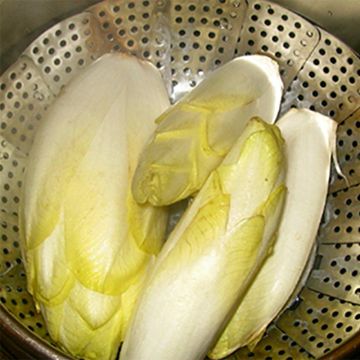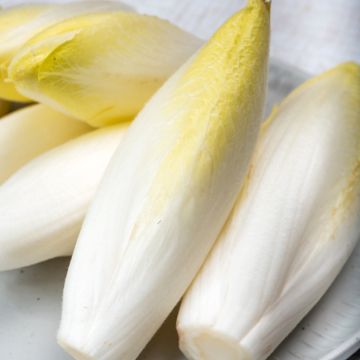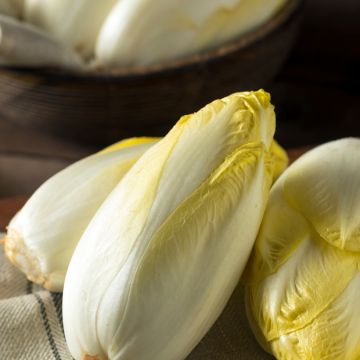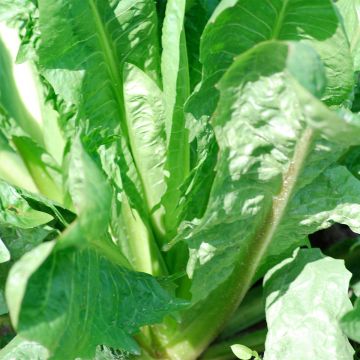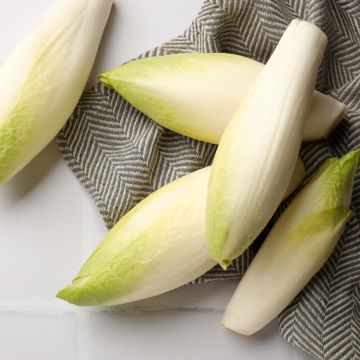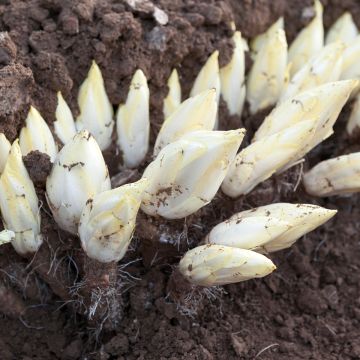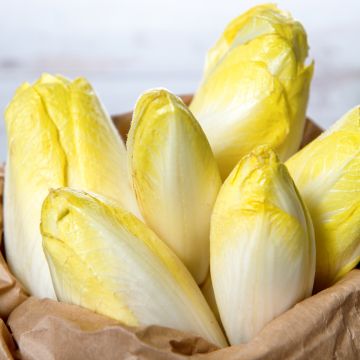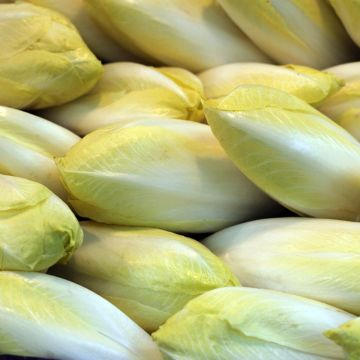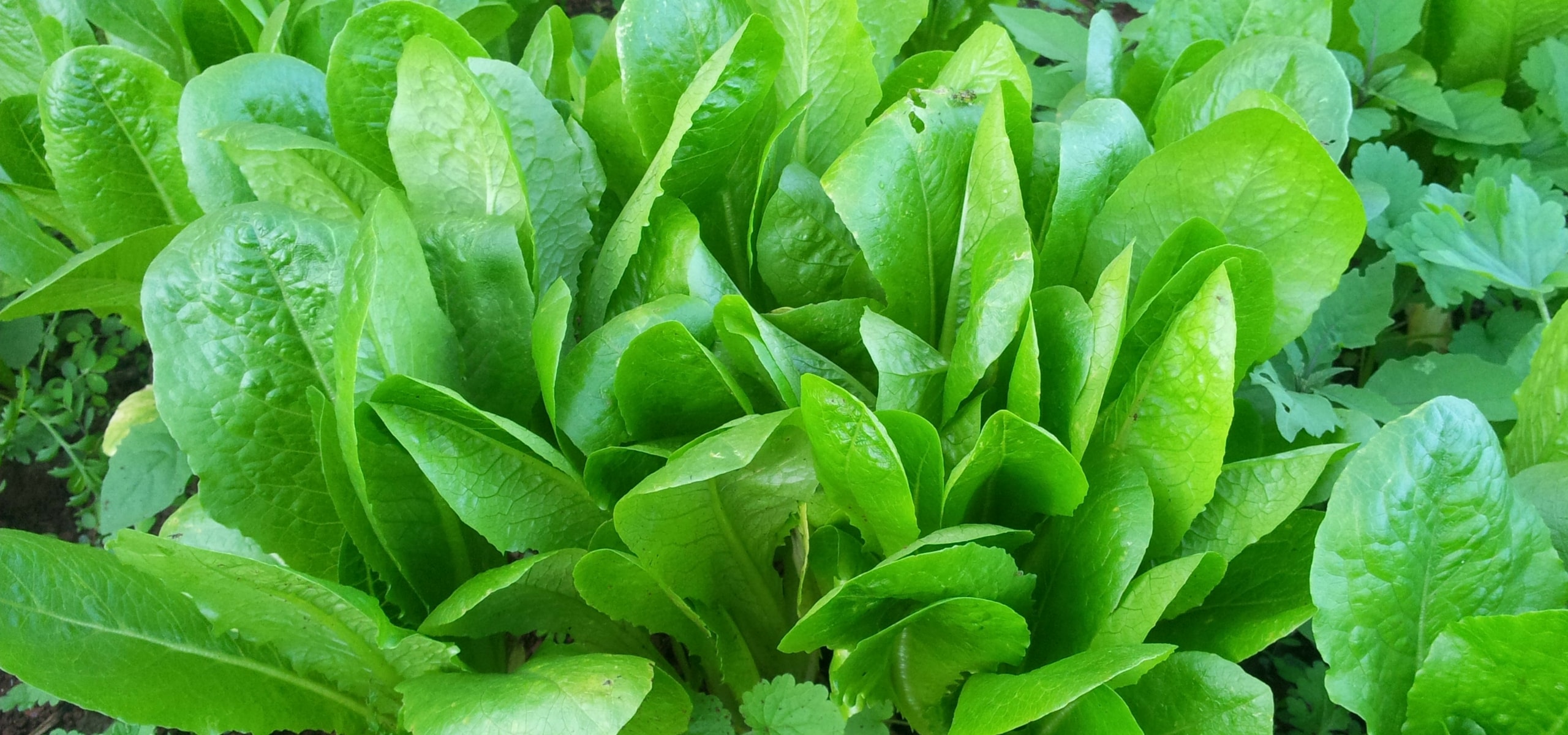
Succeeding in growing chicory
Sowing, planting, forcing
Contents
Endive or Witloof Chicory, also known as Chicon, is a winter vegetable highly valued for its fresh and slightly bitter flavour. It can be enjoyed both in salads, accompanied by a dressing and walnut halves, and cooked, in a gratin with béchamel. Endive has a very specific cultivation method, as it is the second shoot that is consumed, after uprooting the roots in autumn and then forcing them in a cellar or in open ground. Discover all our tips for successfully growing it, from sowing to harvest!
Where to grow chicory?
Endive or Witloof Chicory is ideally grown in full sun, in moderately rich, deep, and moist soil. Heavy soils are perfectly suitable.
When and how to sow chicory?
Sowing of endive takes place in May, directly in situ.
- Start by properly preparing the soil: weed, loosen the earth with a spade, then refine the soil with a rake.
- Make a sparse sowing by planting the seeds at a depth of 2 cm in rows spaced 30 cm apart.
- Water gently.
- Once the plants are well developed (at the 3 – 4 leaf stage), thin them out to keep one plant every 15 cm.
Once germinated and thinning has been done, Witloof chicory requires no specific maintenance, except for regular hoeing, weeding, and watering. We recommend mulching the soil. This way, you will limit weeding while allowing the soil to retain its moisture.
Discover other Chicory
View all →Available in 2 sizes
Available in 1 sizes
Available in 1 sizes
Available in 1 sizes
Available in 1 sizes
Available in 1 sizes
Available in 1 sizes
Available in 1 sizes
Available in 1 sizes
How to force chicory?
Forcing aims to deprive chicory of light in order to obtain nice white leaves.
From October until the end of November, uproot the chicories and keep only the roots with a diameter greater than 4 centimetres. The root dressing involves cutting the leaves to 1 cm above the collar and trimming any forked tips and lateral roots.
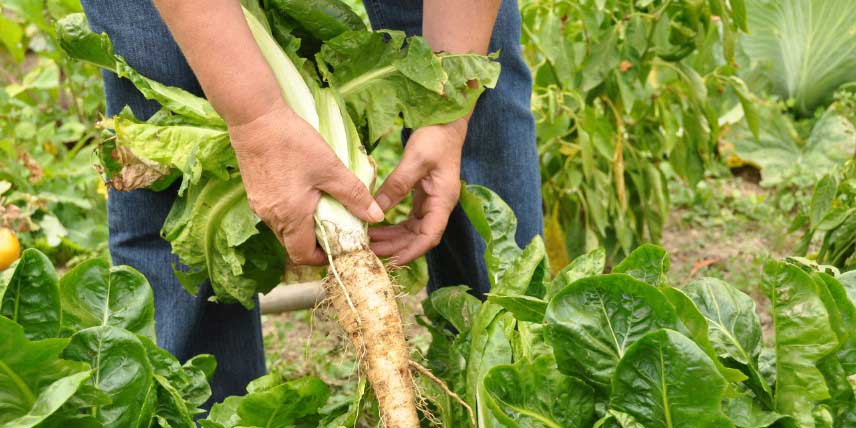
Uprooting chicories before forcing
Forcing in open ground:
It is carried out as follows:
- Dig a trench 25 cm deep and 1.2 metres wide,
- Place the roots vertically, side by side, fill the gaps with fine soil and proceed to water,
- Then cover with 20 cm of fine soil, a good layer of dead leaves or straw, and finally a plastic sheet or metal sheet.
Forcing in a cellar:
It offers quick harvests. After uprooting, store the roots in a silo for successive forcings that will proceed as follows:
- Place the roots vertically in a box at least 20 cm high, fill the gaps with soil mixed with sand or turf, leaving the collars exposed,
- Cover with black plastic or place the container in darkness, at a temperature of 10 to 16 °C,
- Keep the soil moist.
For this type of forcing, hybrid varieties F1, such as ‘Zoom F1’ are particularly well suited.
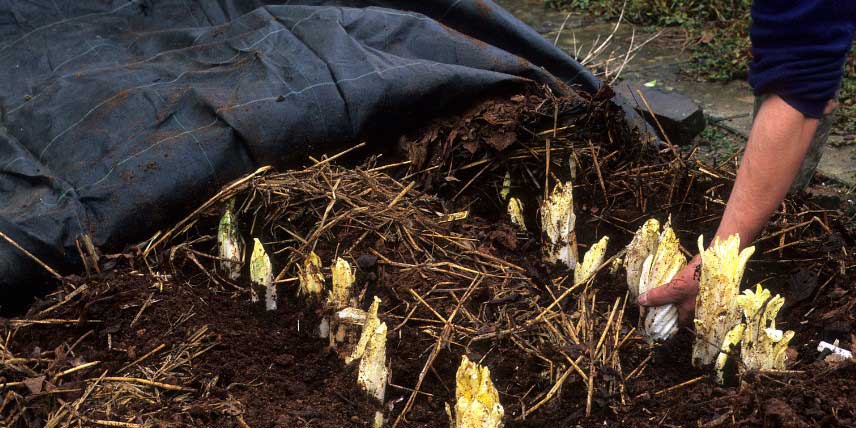
Forced chicories in open ground
Read also
Tutorial: how to sow endives or chicons?Possible diseases
The main disease of chicory is sclerotinia. It is a fungal disease that causes the chicory to rot. To prevent it, carefully select the roots to force, removing any that are soft or show signs of mould. As a preventive measure, you can sprinkle the collars of the chicory with powdered charcoal before forcing.
When and how to harvest chicory?
Chicory can be harvested from 30 days up to 120 days after the start of forcing. The growth rate is determined by the variety, but also by the temperature of the forcing location: outdoor forcing takes longer than forcing in a cellar.
To harvest, simply cut the chicory with a knife, at the level of the collar.
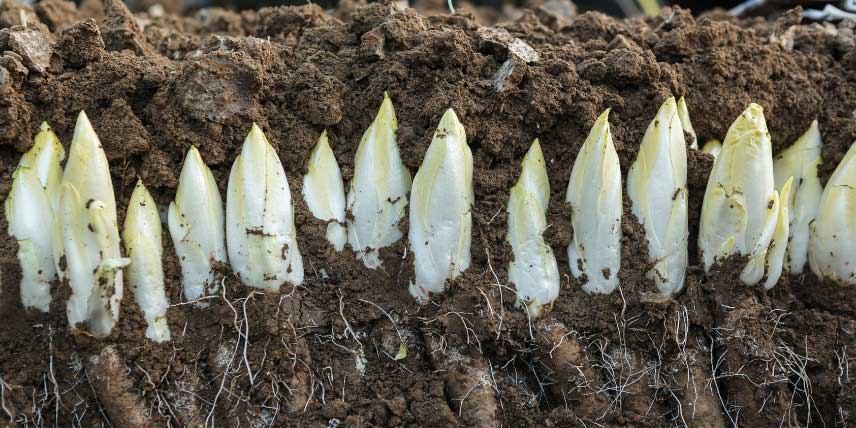
Chicories ready to be harvested
- Subscribe!
- Contents































